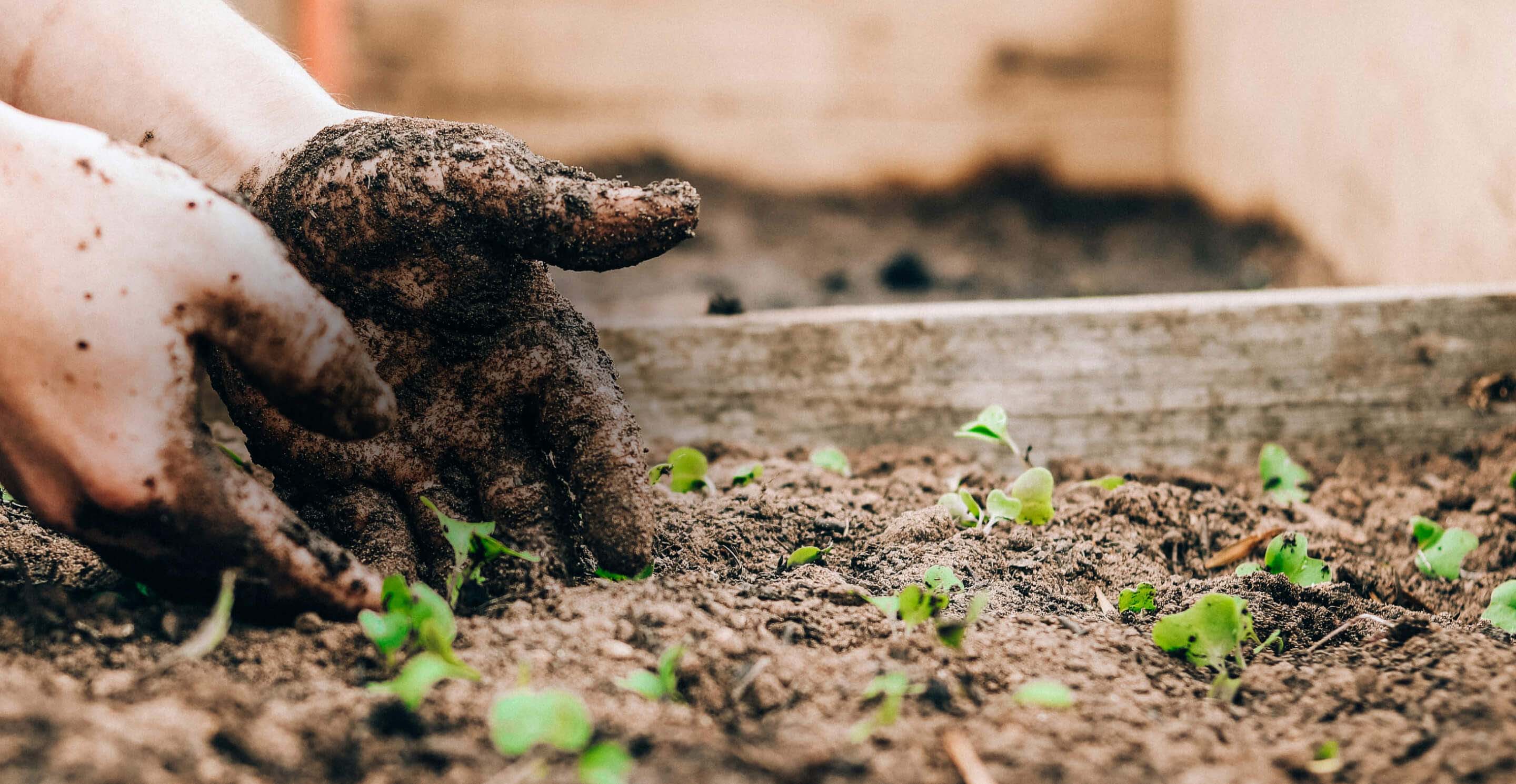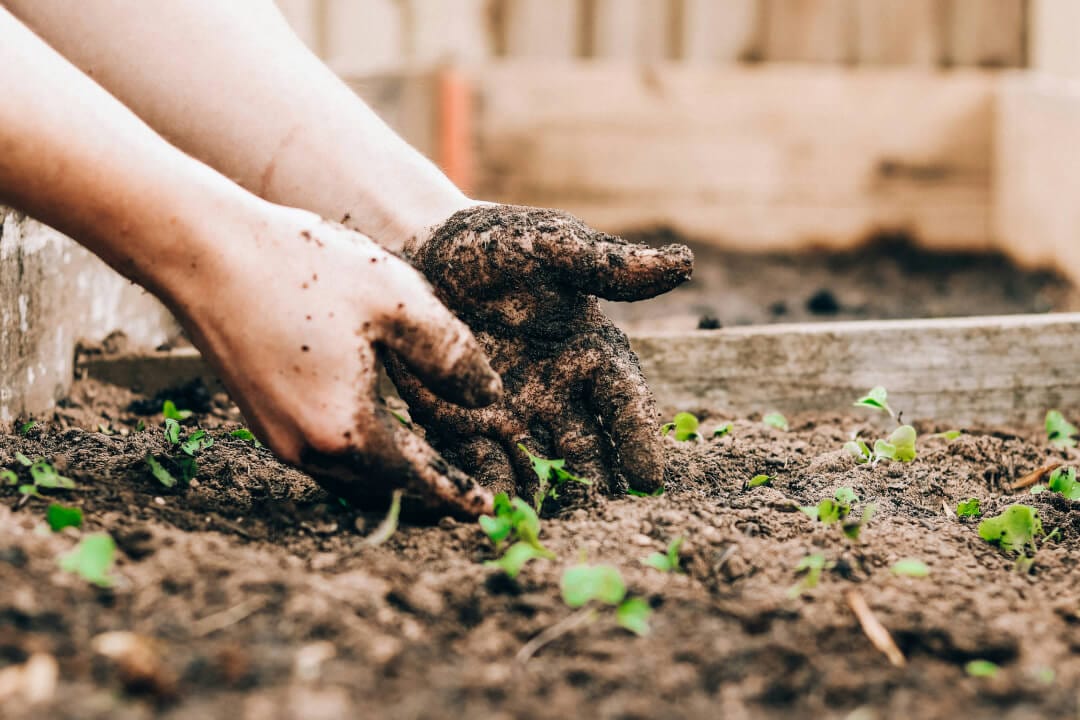

Plant Trees for Earth Day
Three Benefits ofSupporting Reforestation
Our future depends on nature. It provides the essential building blocks for life: clean air, pure water, and fertile soil. Trees are at the heart of this natural system, acting as powerful tools for carbon capture, safeguarding our fresh water supply, and offering sustainable resources like food, timber, and medicine. They hold the land together, preventing erosion and enriching the biodiversity that supports all life on Earth.
Scroll through the carousel to discover three key impacts of supporting reforestation.
Plant trees nowOur Impact Since 2014
Planting partners
Continents
Countries
Trees planted
75%
Habitat Loss
At least 75% of California’s original habitat has already been lost.
60%
Of Water
60% of potable water in California is sourced from forested watersheds.
Now is the Time
Between 1990-2020, the world lost more than 420 million hectares of forest. Extreme weather events are becoming more frequent, species are disappearing at an alarming rate, and our natural resources are dwindling. But there’s still hope: reforestation is a highly effective solution to many of these challenges. The time to act is now, because nature can’t wait.
Plant Trees NowWhy Nature Can’t Wait
- Deforestation
- Land Degradation
- Biodiversity Loss
- Human Impact
- Global Resources
 Deforestation
Deforestation
We’ve lost nearly half of the 6 trillion trees that existed on Earth before the onset of agriculture 12,000 years ago. Each year we lose around 15 billion more. This has profound implications for all of us, but every one of us can help reverse this trend. Investing in trees: global companies are protecting and restoring forests, WEF
 Land Degradation
Land Degradation
Recent reporting shows that up to 40% of the planet’s land is degraded. That directly affects half of humanity and disproportionately harms those who are least equipped to cope: rural communities and the poor. UN summit puts global spotlight on land degradation, UN Environment Programme
 Biodiversity Loss
Biodiversity Loss
The average size of monitored wildlife populations declined by an average of 73% between 1970-2020. Primarily driven by our global food system, habitat loss, land degradation and over harvesting are the biggest threats to wildlife populations today. Other major threats are invasive species, disease and climate change. Living Planet Report, WWF
 Human Impact
Human Impact
Over 3 billion people around the world grapple with the consequences of land degradation. When ecosystems are damaged, communities can face significant challenges, including less available water and food, declining rural incomes, and desertification. Global Restoration Initiative, WRI
 Global Resources
Global Resources
More than ½ of annual global GDP, $44 trillion, is potentially threatened by nature loss. As trees disappear, many of the ecosystem services we all rely on are affected. This impacts everything from the productivity of our soils to the quality of our air and water, and our resilience to extreme weather events. Investing in trees: global companies are protecting and restoring forests, WEF














